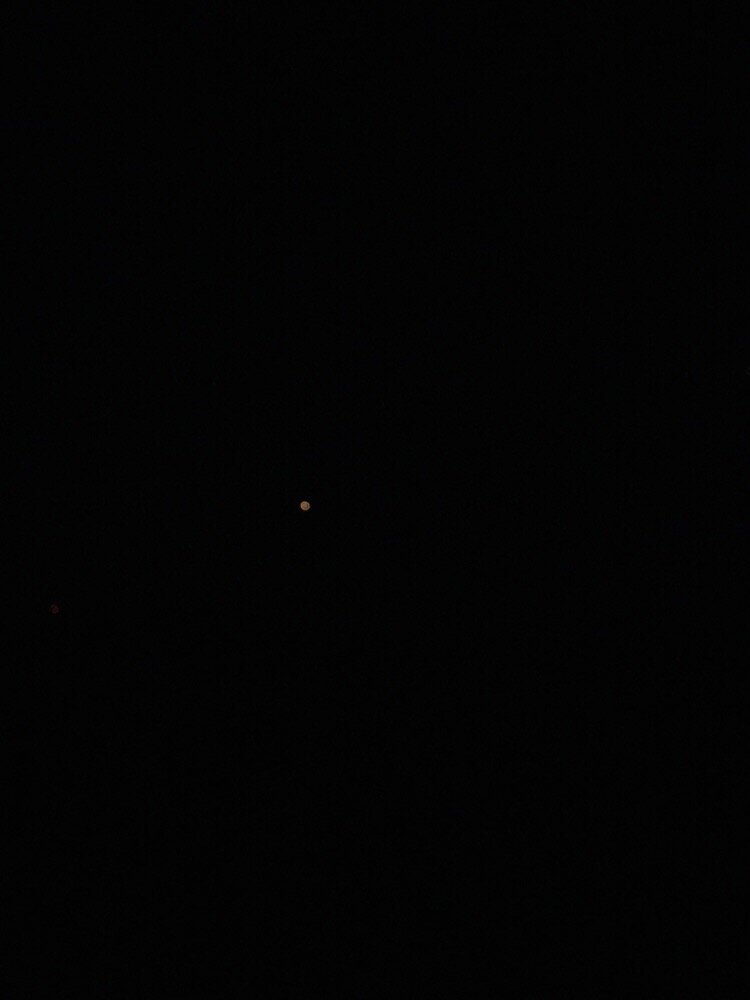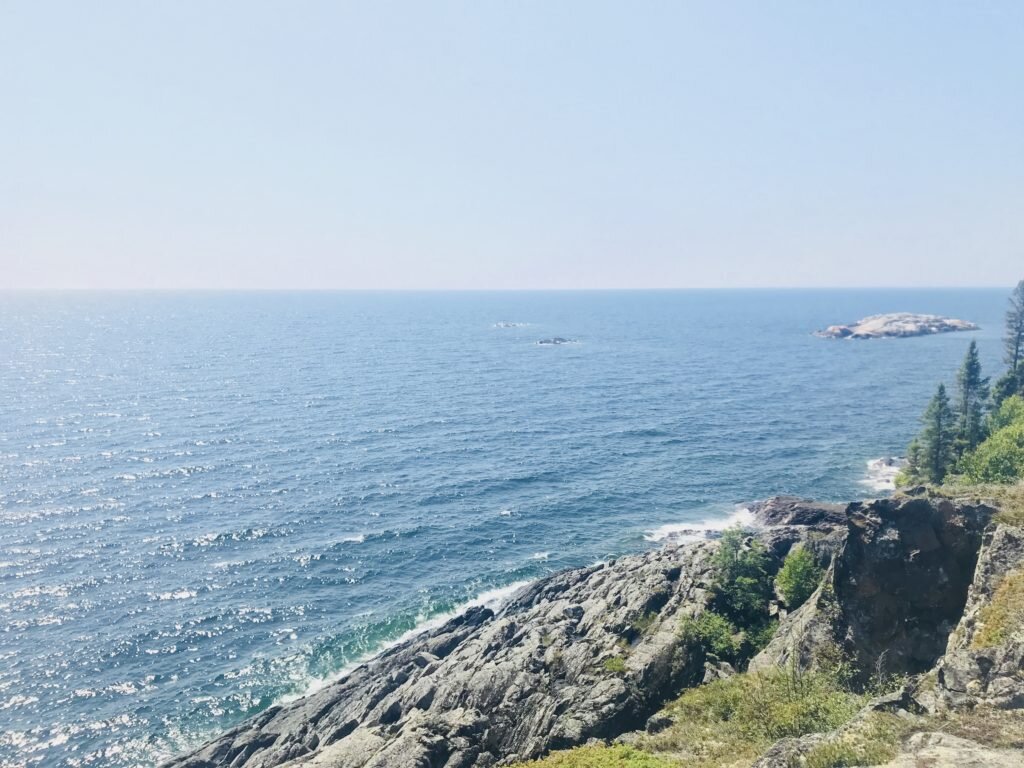north shore - week four
Hey hey. Week four. On with the show?
We’re past the half-way point! I spent the day today at Pukaskwa, hiking the frontcountry trails along the shoreline. It’s a beautiful park. The lake at Neys has been relatively calm this week - especially considering the weather we’ve had - but it’s cool to be reminded just how quickly the lake’s behaviour changes less than an hour’s drive away. The water at Pukaskwa was very rough, and from high up on one of the lookouts I got some great footage of waves crashing on the rocks. Some of my favourite captures, so far, have happened today.
The stretch I saw today was tiny, in the context of the whole park. I got some “big picture” shots, but also lots of tiny details - weird plants, lichen patterns or gouges on rocks, the way the sunlight catches one leaf on a branch but not the others - and I tried to give my undivided attention to a smaller area rather than cover more ground and risk missing something. If I’ve ever been to Pukaskwa before, I would have been too young to remember, but it’s a place I can see myself going back to explore.
I’ve also caught up on a bit of history this week. Neys used to be a prisoner of war camp during WWII, and I’ve known that forever, but when you’re a kid the implications of what that really means are sort of lost on you. So I tagged along on the park programs and read as much of the reading material as I could find here, and it’s the kind of thing I’m sure will inspire a song on the album. There’s a long history - one much longer than a half-century, to put it lightly - of people in and of this region, moving in, moving out, some willingly, others not. People, going way, way back, fall in love with this landscape and grow quite attached to it. I had forgotten that a number of former prisoners at the camp here actually emigrated to Canada after the war. Imagine that, eh? There are some good stories that come out of this place, ones that are genuinely heartwarming, and it’s strange to realize that a POW camp’s history could make you feel that way.
This week I also enjoyed dealing with - how shall I put this - “uncooperative” weather. It’s hard to play guitar when it’s either freezing cold, or raining, or crazy windy, sometimes 2/3, and often 3/3. Nonetheless, one must persevere. If you’re watching my Instagram feed you’re probably thinking, “ok Matt, enough with the weather stuff”, but the weather patterns are so cool! So anyway, a few days ago, there wasn’t a cloud in the sky, and I thought, alright, I’m going to go do some field recording out on the Point (which is a volcanic rock formation that curves out a bit across from the beach here - it’s a point, you get the picture). But, well, the weather here turns on a dime. That’s the charm of this place. I’ll not soon forget the terror of watching a massive cloud bank come over the hill, and realizing I’m a 3km walk from shelter. The upshot of this story is that I got my best-ever recording of a thunderstorm, and my drenched feet and frozen hands will not be in vain. The storms are part of this landscape. While they may be a “personal inconvenience”, they are also beautiful, much like many other aspects of this landscape - the ancient gouged rocks, the tiny weird plants that you don’t see anywhere else except the arctic, the dead trees coated in moss, the burned forests. These things may not be “pretty”, but they are beautiful. If you’re not quite sure what I mean by that, do a little reading into early critical reactions to the Group of Seven’s work. I promise you’ll get a kick out of it.
I see a parallel here with the concept of harmony in flamenco music. Many of the chord shapes we think of in flamenco as having “resolved” are in classical theory considered intensely “dissonant”. The prime example here is the flat-ninth chord. I’ve never been quite sure how I’ve been able to hold both approaches to the concept in my head, together, for the past decade, but I’ve started to think of it like this: in flamenco, just because a chord contains a (classical-theory) “dissonance” and is therefore perhaps not “pretty”, does not mean that it cannot be appreciated as beautiful in its own regard.
I feel like I should drop a microphone after that statement, but KM 184s are expensive.
This time next week.
Below: 1. Pebble beach, Marathon. 2. Impending thunderstorm, from Neys Point. 3. Slanted rock or concrete or something in Area One - whatever it is, I used to badly jump my bike off it when I was a kid when I thought no one was watching. 4. Terrible photo of Mars. 5-8. Pukaskwa, various. I love boardwalks. They always make me feel like I’m walking to a secret cave in a Myst game.








